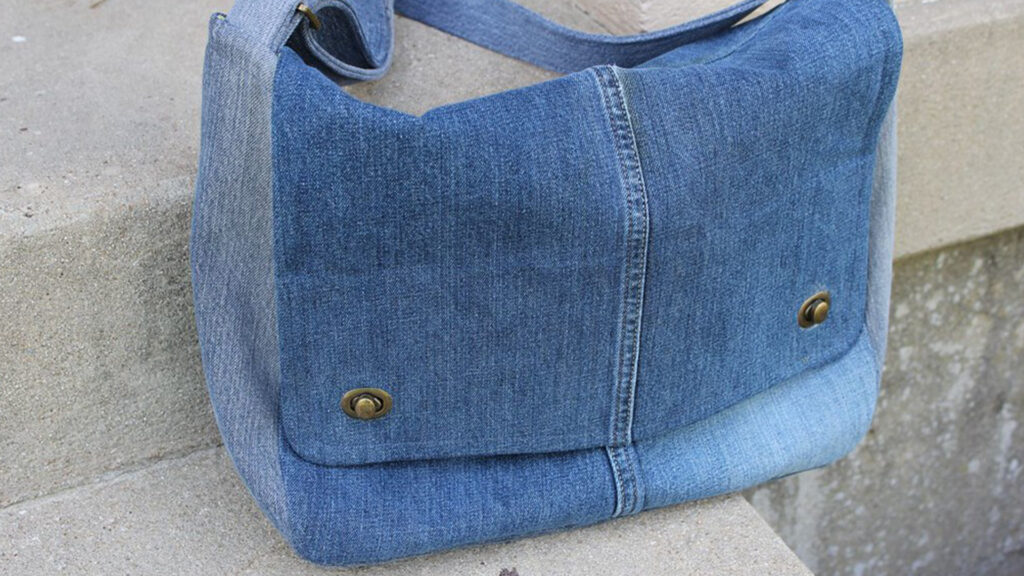
In recent years, a significant shift has been occurring in the fashion world. With growing environmental concerns and increasing awareness about sustainability, consumers and brands alike are turning towards more eco-friendly alternatives. Among these alternatives, upcycled and recycled fashion is emerging as a frontrunner, poised to revolutionize the industry. Let’s delve into the reasons behind this shift and explore how upcycled and recycled fashion is becoming the upcoming category of the fashion world.
The Environmental Impact:
The fashion industry has long been criticized for its environmental footprint. From excessive water usage to pollution and waste generation, traditional fashion practices have taken a toll on the planet. However, upcycled and recycled fashion offers a solution to these issues.
According to the Global Fashion Agenda, the fashion industry is responsible for 10% of annual global carbon emissions and is the second-largest consumer of the world’s water supply. By repurposing existing materials and reducing the demand for new resources, upcycled and recycled fashion significantly lowers its environmental impact.
The Growing Consumer Demand:
Consumers are becoming increasingly conscious of the environmental and social implications of their purchasing decisions. According to a survey conducted by Nielsen, 73% of global consumers say they would definitely or probably change their consumption habits to reduce their impact on the environment. This shift in consumer behavior is driving the demand for sustainable fashion alternatives.
Upcycled and recycled fashion appeals to environmentally-conscious consumers who want to align their values with their purchasing decisions. By choosing recycled and upcycled garments, consumers can reduce waste and support brands that prioritize sustainability.
The Creative Potential:
One of the most compelling aspects of upcycled and recycled fashion is its creative potential. Designers are transforming discarded materials into unique and innovative pieces that challenge traditional notions of fashion. From turning old denim jeans into stylish jackets to repurposing vintage fabrics into modern silhouettes, upcycled fashion celebrates creativity and individuality.
By embracing upcycled and recycled materials, designers have the opportunity to showcase their talent and craftsmanship while making a positive impact on the planet. This creative approach to fashion not only reduces waste but also inspires consumers to think differently about their clothing choices.
The Economic Benefits:
In addition to its environmental and social benefits, upcycled and recycled fashion offers economic advantages for both brands and consumers. By utilizing existing materials, brands can reduce production costs associated with sourcing and manufacturing new materials. This cost-saving potential makes upcycled and recycled fashion an attractive option for brands looking to improve their bottom line.
Furthermore, upcycled and recycled fashion can create new revenue streams for brands through the sale of unique and limited-edition pieces. Consumers are willing to pay a premium for sustainable and ethically-made products, making upcycled fashion a lucrative market for brands willing to invest in sustainability.
The Role of Technology:
Advancements in technology are playing a crucial role in the growth of upcycled and recycled fashion. From innovative recycling processes to digital platforms that connect consumers with sustainable brands, technology is facilitating the transition towards a more circular fashion economy.
For example, companies like The Renewal Workshop are using cutting-edge technology to transform discarded clothing into like-new garments through a process called “renewal.” This approach not only extends the life of clothing but also reduces waste and carbon emissions associated with traditional manufacturing methods.
The Future Outlook:
As consumer awareness continues to grow and brands increasingly prioritize sustainability, the future of upcycled and recycled fashion looks promising. According to a report by McKinsey & Company, the market for sustainable fashion is expected to grow by 15-20% annually, outpacing the growth of traditional fashion.
With innovative designs, a focus on sustainability, and technological advancements, upcycled and recycled fashion is set to become the upcoming category of the fashion world. By embracing this shift towards sustainability, brands and consumers alike can contribute to a more environmentally-friendly and socially-responsible fashion industry.
In conclusion, upcycled and recycled fashion represents a transformative shift in the fashion industry, offering a sustainable alternative to traditional practices. With its environmental benefits, creative potential, and economic advantages, upcycled fashion is poised to lead the way towards a more sustainable future for fashion.
